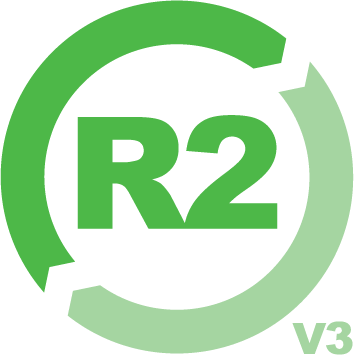“Oh Yeah, We Have That, Too”
Recently, I’ve noticed an overwhelming amount of content focused on driving down the cost of storage, networking, and x86 servers. While cost savings are very topical and intriguing, there is one topic that I believe is overdue for the spotlight: Big Iron.
If you didn’t follow the reference, I’m opening the floor for a conversation surrounding the mainframes, iSeries, pSeries, HP-UX, and Sun boxes of the world.
I cannot count the number of times I’ve engaged a customer in conversation, only to end up discussing their highly-virtualized platform and partial use of public cloud. Once I ask about Big Iron, the response is usually an embarrassed, “Oh yeah, we have that, too. We’re probably the only ones still using it, right?”
The reality, however, is that most companies still have legacy hardware and applications running in their environment. In fact, an organization’s most important applications are often run on Big Iron because of the daunting costs associated with converting a massive amount of data to a new system.
I spoke with the leader of a Fortune 500 company today about his goal for adopting more SaaS tools and exiting the data center business completely. The company’s primary accounting system is currently on green screen and they are running all new apps in SaaS, but must keep their mainframe intact for data access. Converting a system of this size to SaaS, PaaS, or even IaaS can be very complex and expensive.
“Good Help Is Hard To Find”
Many customers focus heavily on application and administration when hiring support roles, which is a valid concern, as finding talent in these areas is becoming very difficult (check out our skilled recruiting team for assistance). Companies forget that there are also high costs to support the underlying infrastructure for this environment. IBM is still supporting the iSeries, mainframe, and pSeries with a tremendously high price tag. Many IT organizations are unaware that they can keep software maintenance with IBM and still save significant dollars on hardware support with a third-party provider.
Third-party providers are equipped to significantly lower the cost of maintaining environments. While many providers lose interest or the ability to support certain environments, we have no end in sight. The hardware inventory is plentiful to support these systems, and if the maintenance company you use tests its hardware spares regularly, it shouldn’t be a problem.
One concern for IBM users is how they will receive updates if they use third-party maintenance. Big Iron hardware is legacy, meaning the OEM rarely develops new code for it. The two main factors an end user needs to consider:
-
How long will an admin be in-house to oversee the system?
-
Which maintenance company can we trust to support this environment
“Tony Stark To The Rescue”
Eventually, I believe public cloud providers (like AWS and Azure) will come out with their own “Big Iron Cloud Platform” to prevent the need to create new architecture for conversions.
Until that point comes, we will be filling the gap from a long-term and short-term perspective. Many support vendors attempt to lock customers into contracts for several years. At ReluTech, we understand your goal is to get away from the legacy solution. Therefore, we offer short term monthly maintenance as an option.
With ReluTech, you can rest easy.
“What do we have in our environment? Cool new technology with an abundance of Big Iron running our legacy applications! It is covered by a great third-party maintenance company for a low cost, and I sleep well at night. Out of sight out of mind!”

ABOUT THE AUTHOR | BRIAN SAN NICOLAS
Brian San Nicolas is an Account Manager here at ReluTech. His top priority is helping customers support their data center equipment in a cost-effective and timely manner. Outside of the office, he enjoys exercising, mountain biking, wakeboarding, and analyzing stock.
Get in touch with Brian: bnicolas@relutech.com
